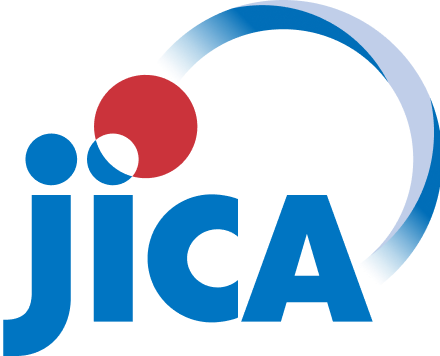A REVIEW OF THE INCORPORAION AND MOBILIZATION OF ARSENIC IN HYDROTHERMALLY ALTERED ROCKS EXCAVATED DURING TUNNEL CONSTRUCTION
DOI:
https://doi.org/10.11113/aej.v3.15397Abstract
In 2002, a new environmental regulation in Japan addressed the potentially hazardous nature of hydrothermally altered rocks excavated from tunnel projects. Prior to the formulation of this new regulation, excavated rocks from tunnel projects have been widely considered non-hazardous and used as embankment material for the construction of roads. Tunnels for roads and railways will continue to be constructed in the foreseeable future because of the continued economic prosperity in most of South East Asia, which will produce large volumes of excavated rocks including considerable amounts of those that were hydrothermally altered because of the many active volcanoes and faults located in the region. These altered rocks generally have high amounts of environmentally-regulated hazardous elements like arsenic (As). However, not much has been reported regarding the distribution and mobilization of As in tunnel excavated rocks because of the relatively recent nature of the problem. This paper presents a review of the current knowledge pertaining to the incorporation of As into altered rocks as well as the mobilization of this element in altered rock-water systems. Moreover, this paper compares the leaching behavior of As from altered rocks to other solid-liquid systems that have been extensively studied in the past like mine wastes/tailings, contaminated soils/sediments and aquifers.







